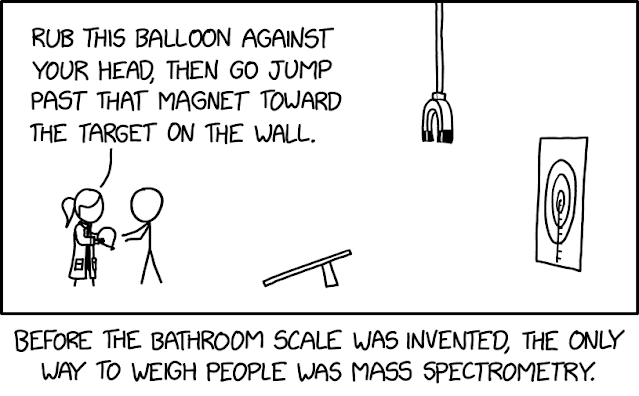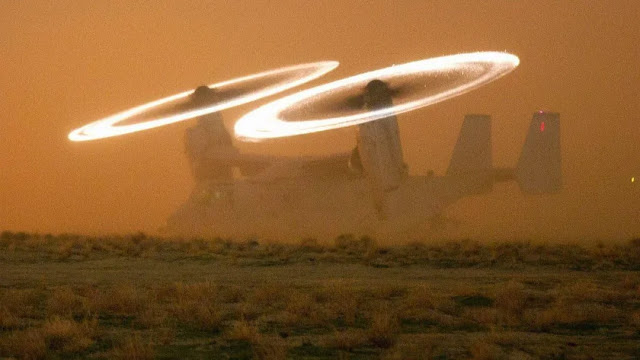Today's post was submitted by Katelynn J, one of my AP chemistry students. As a sub assignment after the AP chemistry exam, I had students submit two posts for this blog. I'll be posting them over the next few weeks.Following the death of Pope Francis, a new pope now needs to be chosen. 16-20 days after the mourning period for Francis, elections have now begun and ended, and cardinal Robert Prevost, now Pope Leo XIV, has been chosen. During this selection period, all cardinals under the age of 80 travel to the Vatican to vote, and they are isolated from society until a decision is made. In order to keep the outside world updated, after every vote, ballots are burned and either black {indicating no decision has been made} or white {indicating a pope has been elected} smoke “billows” from the chimney of the Sistine Chapel. Interestingly, the longest conclave took 3 years, following the death of Pope Clement IV in 1268.
But fire only produces one color of smoke, normally. So how are the two colors created? Originally, white smoke was made by the burning of the ballots and the addition of dry grass for a lighter smoke color, and black smoke was made by ballots, wet straw, and rosin to darken the smoke. In modern times (after 2005), a mix of chemicals are used for each color. Chemicals listed here.
This chemical cocktail works because of the state of matter changes that occur. When a substance, like the chemicals used, is vaporized (fire does that!), the particles will recondense in the air, blocking light and only allowing some colors through, the color of smoke that we see.
Learn more about how other non-white/black colors of smoke are made at this link.







